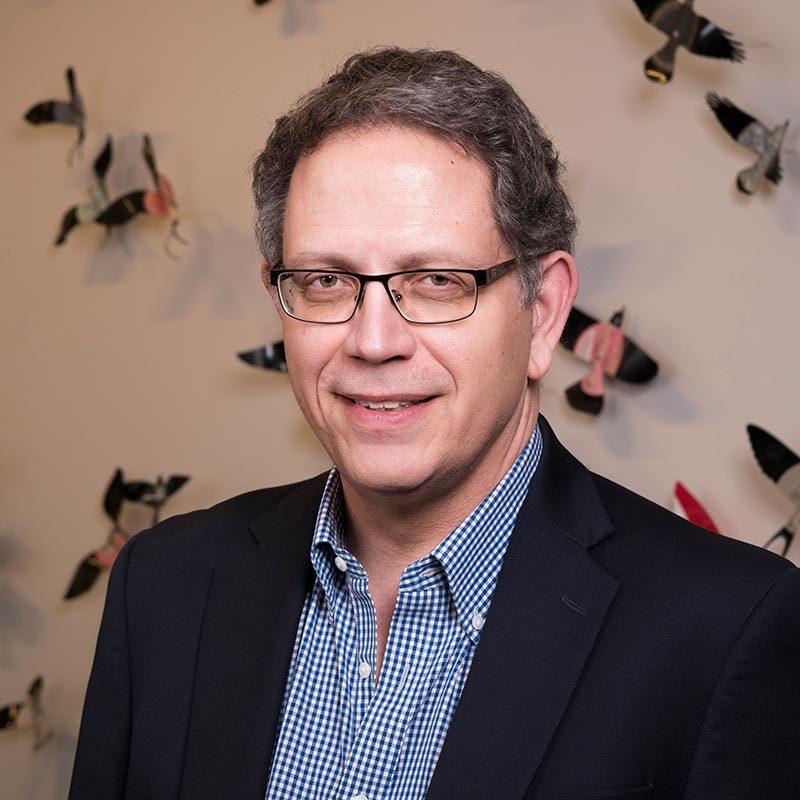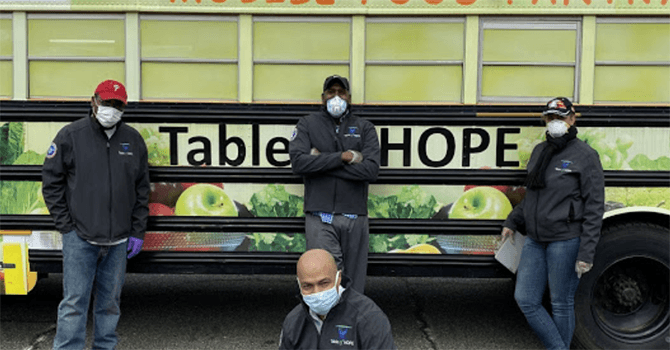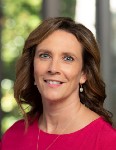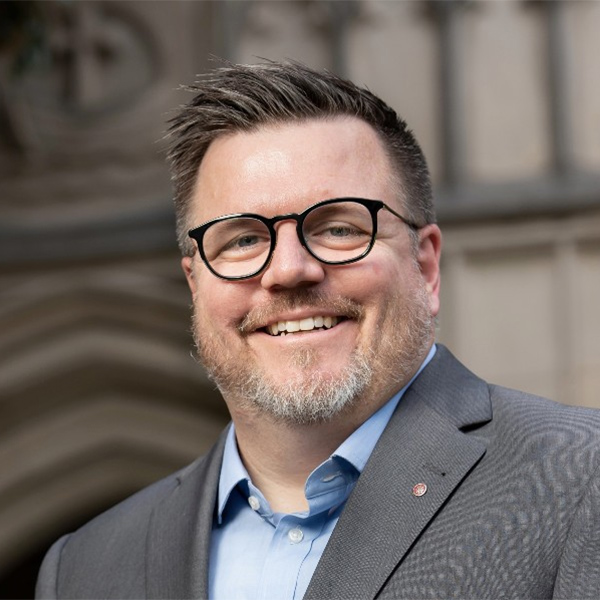As chaplain in a volunteer fire department, I accompanied survivors wandering through the wreckage of fires, picking up pieces of the past and pondering next steps. I think of those moments as we move beyond lockdowns and start charting the future.
Many are assessing the damage to health, careers, families, neighbors and institutions. Some continue to feel the initial shock of loss. Some are moving through the debris looking for treasures to salvage and recalling what came before. Others recognize that they never had a place in what was lost and hope that whatever comes next will be different.
Those with energy are ready to make decisions about the future. They are considering the condition of structures and processes that are still standing. Some are deciding to raze everything and start from scratch. Others are looking at the insurance money and any other resources they have to determine what seems possible and practical.
In the case of a home that burned, at some point the family asks, “What sort of life do we aspire to live in this place?” They consider both their present circumstances and their hopes for the future.
Some are determined to replicate what has been lost. Almost all want to make improvements. A few want something very different — a new place with new neighbors. But most feel pressured to decide what is next before they feel ready.
What have we learned in these last two years about our lives, our neighbors and our world? What is our vision for the future? What do we rebuild, and why that thing? How have we been changed by seeing injustices that we had previously ignored or accepted as facts of life? What will we do differently? Can we take the time to decide?
More than a decade ago, I facilitated a visioning and planning process for an affluent white congregation that had a reputation for generosity in missions and a vision for justice. In the process, the congregation looked closely at its immediate community and realized that they had focused their attention on the major thoroughfare and the connected neighborhoods that their building faced. They had completely blocked out the neighbors behind their building, who had socioeconomic situations and racial and ethnic identities very different from those of the neighbors on the thoroughfare.
In discussions, the congregation decided to open itself to the neighbors in the back. The fence and bushes that shut out those neighbors were removed. This had an immediate impact, because it cleared a pathway for the neighbors to reach a bus stop in front of the church property. The congregation looked to cultivate relationships with both the neighbors and those the neighbors trusted.
The visioning process was complete and the fence down when the church sanctuary burned. The education and recreation facilities were spared, but the sanctuary was gone. In the next years, the congregation decided to build a new sanctuary that looked similar to the previous one but was oriented in a different direction. The new front doors would face the side yard and parking lot. Church members would no longer enter and leave worship looking at the thoroughfare.
They would see all their neighbors and be reminded at each service of their place in between.
What have the viral and racial pandemics exposed that you need to acknowledge in the rebuilding of your congregation or organization? What neighbors have you now seen? With whom are you joining forces? What public policy have you challenged that needs further revision?
This is a moment when we can examine fundamental assumptions. For congregations, this can be as basic as considering how we measure effectiveness.
For generations, congregations have gauged their vitality by average worship attendance. In the 20th century, this was an elegant measure that told insiders and outsiders much about the dynamics of a congregation, from the number of staff to hire to the size of facilities needed. Those who attended were the most likely to give money, serve on committees and attend Bible study.
COVID-19 made average attendance worthless as both a measure of vitality and a sign of faithfulness. If we need to measure effectiveness now, we need something else.
Recently, Reginald Blount invited me to consider how to measure the impact of Christian discipleship on the world. How could we measure social impact from Christian witness? How might that measure help us figure out what to rebuild and where?
Surveys by the Exploring the Pandemic Impact on Congregations project at the Hartford Institute for Religion Research indicate — and even the casual observer knows — that many congregations made redesigning worship their highest priority during the COVID-19 lockdowns. For example, congregations figured out how to do outdoor and virtual services. The second priority for many congregations was what sociologists call social outreach — meeting human needs for food, clothing, shelter and more.
In the 20th century, congregations saw worship as the gateway to deeper involvement in their activities. The implication was that the number of times people came to the church building was the mark of their engagement as Christians.
But what might happen if we saw worship as the occasion of focusing on God, from which flowed an invitation to engage our neighbors? Instead of rebuilding programs to attend, congregations might address the working conditions in the community. Instead of planning a building for the members to gather, congregations might re-envision the property as a staging area for life-giving resources or quality working conditions.
If we need examples of this life, we can look to the stories of many Black congregations. I recently visited the Bethel AME Church of Morristown, New Jersey. Their building is a place of worship and home to a feeding ministry that extends throughout the county.
This relatively small church is the catalyst for collaboration among multiple organizations and individuals. The number of people participating in the feeding ministry on a weekly basis far exceeds the number attending the congregation’s worship. By engaging in ministry, the people see with new eyes.
In rebuilding, perhaps we should start with why we are rebuilding and who is at the center of our rebuilding. If God’s love for the world is our why, then our neighbors can be our who. If so, what we rebuild might have renewed purpose and profound impact on the world.
They would see all their neighbors and be reminded at each service of their place in between.



















